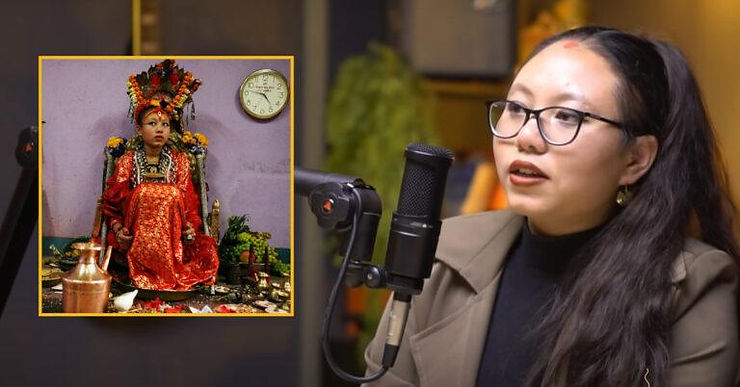By: Grace Lee
In Kathmandu, Nepal, a 700-year-old religious tradition survives to this day. Since the 14th century, young girls from Buddhist families in the Newar community, who live in the Kathmandu Valley, have been chosen as Kumari. The girls, who are selected before they hit puberty, are seen as reincarnations of the Hindu goddess Taleju.
There are twelve Kumari in the Kathmandu Valley, but the Royal Kumari is the most important of all. Chanira Bajracharya was chosen to become a Royal Kumari and was enthroned in April 2000. She performed her goddess duties until stepping down after hitting puberty in 2010, much like her past goddess counterparts. But one thing sets her apart from the rest: her education.
Many Kumaris struggle to find stable work after their tenure as goddesses. Most are not educated during their reign.
“People used to think because she’s a goddess, she knows everything,” said Bajracharya. “And who dares to teach a goddess?”
Twenty years after stepping down as goddess, Bajracharya now works in a nondescript office in Patan, handling loan applications.
She stands against many criticisms of the Kumari lifestyle, stating she holds favorable opinions about her childhood. She advocates for Kumari’s to educate themselves, however, saying that not only will it help them in their future, but that it will also disprove notions about being a Kumari deprives girls of their childhoods and human rights.











